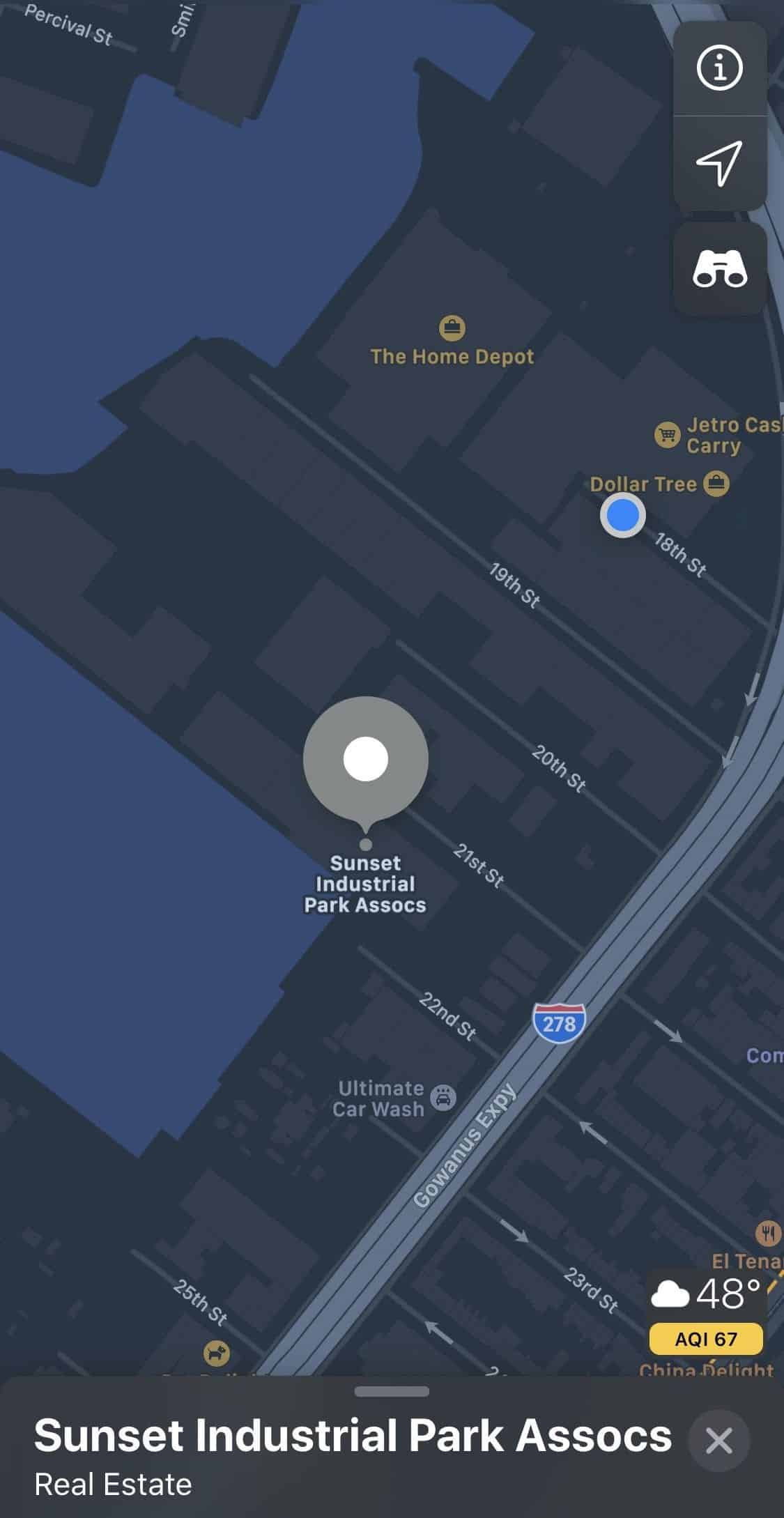The acronym stands for Previously-Unknown Data-Driven Transformer. PREDATORs are the latest “clever” scheme from real estate developers, like Mr. Dov Hertz. He’s found a way to avoid oversight by using an aggressively boring name for a new idea, calling it a multi-level distribution center (MLD).
Hertz just bought the historic Sunset Industrial Park. He’s working to evict all the tenants and tear it down, so he can slip in his MLD before anyone notices. So let me explain the three pillars of what makes a PREDATOR, how Dov Hertz’s MLD fits the mold, and why that’s a problem for all of us.
Previously unknown
It’s impossible to ask someone their thoughts about Dov Hertz’s MLD without first explaining the concept, so please bear with me here.
The proposed MLD is a massive trucking facility. The four-story, 1.3 million-square-foot distribution center would be the largest of its kind, built to serve full-size tractor-trailers. It would occupy more than 22 football fields of land between 19th and 21st street.
I can’t cite precedent on what this will do to traffic, infrastructure, local business, property values, or air quality, because this is the first of its kind, but a second, similar facility is coming to Red Hook. Both are Dov Hertz’s projects, and both are in the 38th City Council District.
Councilman Carlos Menchaca refuses to comment on them, despite repeated emails to his office. You might also wonder what close Menchaca ally, Community Board 7 President Cesar Zuniga, thinks about all this. I can’t get him on the phone.
Data-driven
Data-driven thinking is part of a disturbing trend that creates “solutions” via algorithm, with absolutely no thought to the tangible effects on actual people.
Dov Hertz’s MLD is “data-driven” as well: he took a list of all existing obstacles to projects and reverse-engineered a concept to bypass them. The new project is complicated, which makes politicians and journalists avoid it like the plague. It’s novel, so there’s no playbook on how to oppose it on the grassroots level, and they picked an obscure neighborhood in the political hinterlands, Greenwood Heights (aka South Slope, South Park Slope, North Sunset Park), which is forgotten by most elected officials and relatively unfettered by zoning restrictions.
For all of Hertz’s data, no one has the real numbers on what this thing will do to the people who have to live with it. That’s why we need more information. New drugs require years of studies. New building concepts should too.
Transformer
Dov Hertz’s MLD is essentially just a scaffold with parking. It’s like a Lego set, able to be quickly rebuilt and repurposed into a wide variety of applications. It could easily be turned into a TV station, a sweatshop, or a chemical treatment facility.
Think of it as an architectural T-1000: fluid enough to infiltrate a neighborhood, and once it’s in, it can transform into pretty much anything. It’s a sneaky, secretive way to do business, and Hertz is a sneaky, secretive man. He wants this project and his company DHPH to fly under the radar. They don’t have a publicly listed phone number, email address, or even a website, but he apparently lives in Haslett. On a side note, that should be enough to get any New Yorker to oppose this project, unless you actually like dealing with landlords who live in Long Island.
In closing
PREDATORS go by many names and come in various disguises, but at their core, they’re sneaky concepts created by sneaky men (and sneaky women, probably). Call them “multi-level distribution centers,” call them “cargo accelerators,” call them “Kathy.” No matter what the name, they’re all categorically PREDATORs, and you know them when you see them.
I quit my job in advertising to found and work for the Greenwood Heights Chamber of Commerce to define the neighborhood, promote local business, and identify potential threats. I challenge Carlos Menchaca to do the same and actually govern for a change. The same challenge goes to Mayor Bill de Blasio – the PREDATOR is 13 blocks from his house.
This is an incredibly cynical project. Dov Hertz is counting on New Yorkers being too divided, too outrage-fatigued, and too busy to care. But he picked the wrong neighborhood. He thought he’d found a neighborhood that was weak, and instead found a neighborhood that was strong because the residents care about each other and actually pay attention to what’s going on.
And in that, Greenwood Heights (or whatever you want to call it) isn’t unique. We’re all paying attention. We all see the inequities in the system, and we all care a lot. We care about New York. We care about fairness. We care about our neighborhoods, and we care about seeing a world where honesty is rewarded and dishonesty is punished. We wear our cynicism like armor over our hearts, but the armor wouldn’t be there if there wasn’t a heart worth protecting.
This isn’t just a neighborhood fight. This isn’t about rich versus poor, transplant versus native, or any of the other, tired schisms. This is about all of us. The questions about Dov Hertz’s PREDATOR are fair, the consequences are dire, and most importantly, the battle is eminently winnable. Please join me: we can save the Gowanus Bay waterfront, prevent traffic, and most importantly, start winning back New York for the people who live in and love our great city.










